GILSONITE FOR FOUNDRY
Content Overview
INTRODUCTION OF GILSONITE FOR FOUNDRY
Gilsonite is combined with foundry sand in order to be used in the foundry industry ( Gilsonite for foundry ), and it is one of the additives that is used in the foundry industry in order to enhance the quality of the goods that are produced there. It is one of the most common methods of manufacturing metal parts in a variety of industries, and it will enable us to mass produce parts with small to large dimensions, weighing several grams to several tons, and having simple to complex shapes and an integrated structure. The foundry is one of the oldest manufacturing processes that is done by melting materials and pouring them into the mold. There are a number of methods that may be used in foundries or casting operations, but sand casting is the approach that has been around the longest and is utilized the most often.
Casting procedures are in some way associated with the production of around 90 percent of the commodities produced in a variety of industries and industrial equipment, and we must assert that these processes have been used in almost all industries.
- Shipbuilding, the production of autos, and the manufacture of railway equipment and railway equipment.
- Machinery used in agriculture, construction, and mining, among others.
- Machining equipment, as well as machinery for molding, forging, extrusion, forming, and casting.
- Equipment used in the petrochemical, chemical, sugar, paper, and textile industries, as well as smelting and power plants.
- Tanks, vehicles, armament, and ammunition, as well as the equipment needed for upkeep and repair.
- Pipes, fittings, valves, and connections, in addition to other associated hardware.
- Items for the kitchen and house, in addition to instruments for gardening.
- Sculpture, decoration, and embellishment are all included in this category.
Consequently, it is more accurate to state that all foundries and casting processes are required for the production of any and all components across all sectors. As a consequence of this, the items are required to have a very high-quality finish and an extremely appealing form. The use of Gilsonite rather than marine coal as a carbon addition in foundry sands is the only way to ensure that the finished product, after it is removed from the mold, will have a nice form and polish; the foundry industry places a great deal of emphasis on this component.
PETRONAFT manufactures the highest quality Gilsonite in foundry / Natural Asphalt for foundry / Natural Bitumen for foundry in different types and grades and exports them from Iran, Turkey, and the United Arab Emirates to other countries around the world.
Gilsonite Iran for foundry / Natural Asphalt Iran for foundry / Natural Bitumen Iran for foundry
IN FOUNDRY INDUSTRY, THESE MATERIALS ARE USED
It is common knowledge how the compositions of binders and other proprietary components are put together in order to produce castings using molds and cores. Ingredients such as sodium bentonite, calcium bentonite, fire clay (kaolinite), marine coal, a highly volatile carbonaceous substance such as gilsonite, cellulose, or any of the other regularly used foundry sand additions are often used in typical foundry compositions. Foundry sands, which are primarily made up of silica sand with clays and carbonaceous materials mixed in and pulled together when compacted to form molds, are resistant to penetration by molten metal and the tendency of molding sand to fuse or stick to the casting. Foundry sands are composed primarily of silica sand with clays and carbonaceous materials mixed in. The smoke and other pollutants that may be harmful to the environment are one of the issues that are connected to the known carbonaceous blend additions that were addressed before. Sea coal is thought to be the primary cause of this issue. When heated in an environment devoid of oxygen, the materials give out these gasses as a byproduct of the process. Therefore, Gilsonite not only serves to enhance the quality of the component as well as the separation of the mold, but after the heat process, it does not pose any threat to the natural world or the environment.
GILSONITE CONTENT PROPORTION IN FOUNDRY
Although the ratio of one part iron oxide, one part of a highly volatile carbonaceous material such as gilsonite, and four parts of metallurgical coke in the additive is the preferred ratio for reducing smoke and emissions and giving the castings the proper finish, it is possible that some variations could be permissible. When the additive is combined with the clay, the nominal percentages of the blend, measured in terms of weight, would be somewhere around 4% iron oxide, 4% gilsonite, and 16% metallurgical coke, with the remaining 70–75% of the mixture consisting primarily of clays and small amounts of various other materials. In the event that the quantity of smoke and emissions produced is much higher than is typical, the percentage of iron oxide in the mixture can be raised by increments of 0.5% while maintaining the same level of metallurgical coke reduction. In the event that the shakeout peel is insufficient or there are issues with the casting surface, the highly volatile carbonaceous ingredient, such as Gilsonite, can be added in 0.5% increments, accompanied by an equivalent decrease in the clay part of the mix. In terms of percentages by weight of the mixture, the acceptable limits of elements are as follows: 2%-6% iron oxide, 6%-2% Gilsonite, and 12%-18% metallurgical coke. If these ranges are exceeded, the effectiveness of the addition will be reduced.
THE FOLLOWING ARE SOME OF THE MANY BENEFITS THAT COME WITH USING GILSONITE AS AN ADDITION IN FOUNDRY SANDS
In the foundry and refractory industries, casting high-value metals requires a higher level of attention to details like finishing. Gilsonite has the potential to be a more effective carbon addition than the more conventional sea coal, which has a lower carbonic value when compared to the specifications of gilsonite. The plates on gray iron molds can be made to have a smoother surface by using gilsonite as a carbonate addition in the casting sand. By adding Gilsonite, a better mold can be created, which in turn gives the piece that is cast a smoother finish and makes the mold simpler to remove from the cast object. Gilsonite and marine coal are both used in the production of specialized adhesives for casting sand. The end result is an improvement in mold release along with a reduction in the number of casting flaws. Gilsonite is also used in the shaping of metals in the capacity of a solidifying agent. In the process of desulfurization, gilsonite is often used in conjunction with other chemical components like magnesium and hydrated lime. This is done in the steel industry. Gilsonite is the only carbon additive that can compete with its performance in foundry sand when it comes to producing high-value iron castings. Foundries all over the globe have known for decades that the use of Gilsonite is what makes the difference when the heat of molten iron comes into contact with foundry sand. Gilsonite’s high lustrous carbon content, which also contains a substantial quantity of fixed carbon within its structure, is the primary reason it is used as an addition for foundry sand. The most important thing is to put another layer of graphite on top of the layer created from gilsonite carbon, which prevents the graphite layer from producing carbon monoxide. The process of doing so is referred to as the creation of a reductive environment.
In casting, employing gilsonite has a number of additional benefits, including the following:
- Highly glossy carbon, which results in a superior finish.
- An environment that is more conducive to reduction, which results in less reactivity between the mold and the casting and therefore fewer flaws.
- A noticeable increase in the amount of gas produced in comparison to Sea Coal.
GILSONITE FOR FOUNDRY SPECIFICATION
| Feature | Low Ash (<5%) | Medium Ash (~15%) | High Ash (>20%) |
|---|---|---|---|
| Ash Content | < 5% | ~15% | > 20% |
| Color | Dark Black | Black | Dull Black to Grayish |
| Softening Point | High (170-200°C) | Medium (140-160°C) | Low (120-140°C) |
| Moisture Content | Low (0.5-1.5%) | Medium (1.5-3%) | High (3-5%) |
| Specific Gravity @ 77°F | 1.05-1.10 | 1.00-1.05 | 0.95-1.00 |
| Hardness (Moh’s Scale) | 2.5-3 | 2-2.5 | < 2 |
| Penetration | High | Medium | Low |
| Flash Point (C.O.C.) | High (350°C+) | Medium (300-350°C) | Low (<300°C) |
| Trace Elements | Carbonates, Sulfur (Pyrite), Silica | Carbonates, Clay Minerals, Sulfur | Higher concentrations of impurities like Pyrite |
| Solubility in T.C.E, W% | ~100% | ~85-90% | <80% |
| Solubility in CS2, W% | ~100% | ~90% | <85% |
| Volatile Matter | Low | Medium | High |
APPLICATION OF GILSONITE FOR FOUNDRY
Gilsonite is used with foundry sand to improve the quality of foundry items. It’s one of the most used ways of making metal components in many sectors, and it allows us to mass create tiny to big parts with basic to complicated designs and an integrated structure.
IRAN GILSONITE FOR FOUNDRY / IRAN NATURAL ASPHALT FOR FOUNDRY / IRAN NATURAL BITUMEN FOR FOUNDRY
The mines of western Iran (Ilam, Gilangharb, Eyvangharb, and Lorestan) are where the Petronaft Gilsonite Lump is mined, and then it is brought to the plant site to be stored there. Gilsonite lumps are poured into the hopper by the digger loader as they are broken up. After that, they are brought to the hammer mill by means of a strip conveyor. In this way, Gilsonite is divided into different grades based on the percentage of ash present and the desired size. The required tests are then completed, quality control is performed, and the product is packaged and ready to be exported in different types and grades from Iran, Turkey, and the UAE to other countries around the world.
At this time, PETRO NAFT is manufacturing a variety of grades of gilsonite, including the following:
- Granulated Gilsonite
- Micronized Gilsonite Powder
1- Gilsonite with ash content up to 5%, moisture up to 1% and meshes 30, 40, 100 to 300.
2- Gilsonite with ash content up to 10%, moisture up to 1% and meshes 30, 40, 100 to 300.
3- Gilsonite with ash content up to 15%, moisture up to 1% and meshes 30, 40, 100 to 300.
4- Gilsonite with ash content up to 20%, moisture up to 1% and meshes 30, 40, 100 to 300.
5- Gilsonite with ash content up to 25%, moisture up to 1% and meshes 30, 40, 100 to 300.
Understanding Global Gilsonite Prices: A Must-Read Comprehensive Guide for Better Comprehension
Understanding Iran’s Gilsonite Price: A Must-Read Comprehensive Guide to Improve Your Knowledge
PACKING OF GILSONITE FOR FOUNDRY
Jumbo Bags-PP Bags- Multi paper Bag-Bulk on Vessel

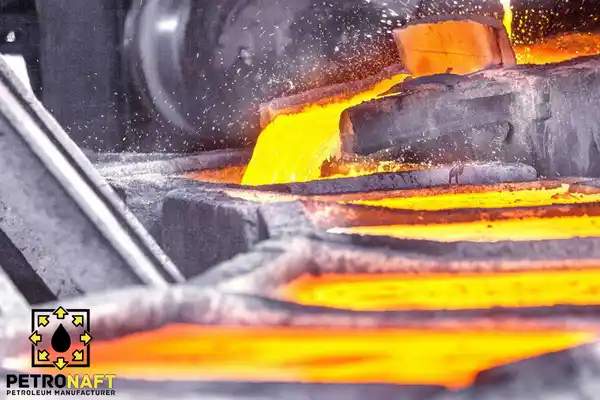
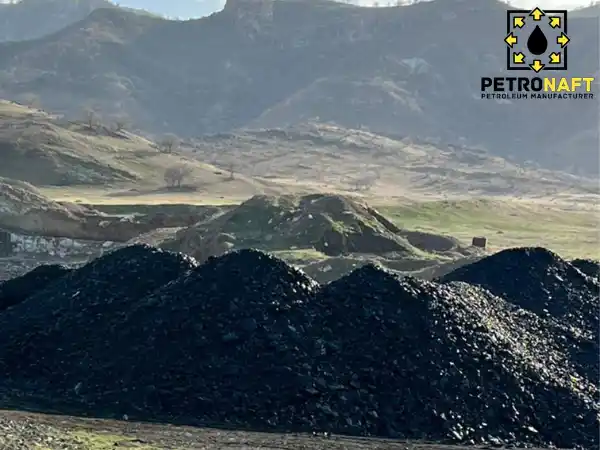
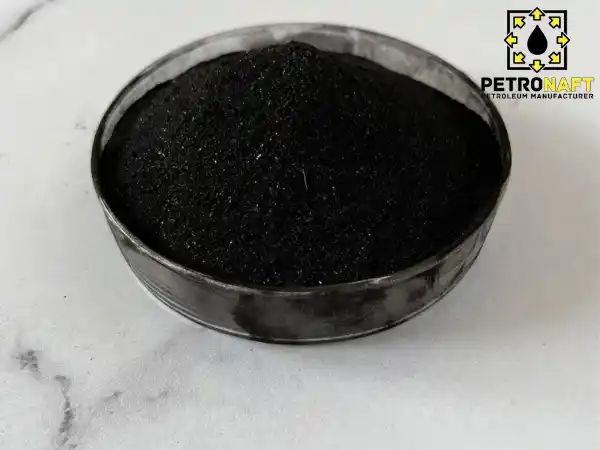
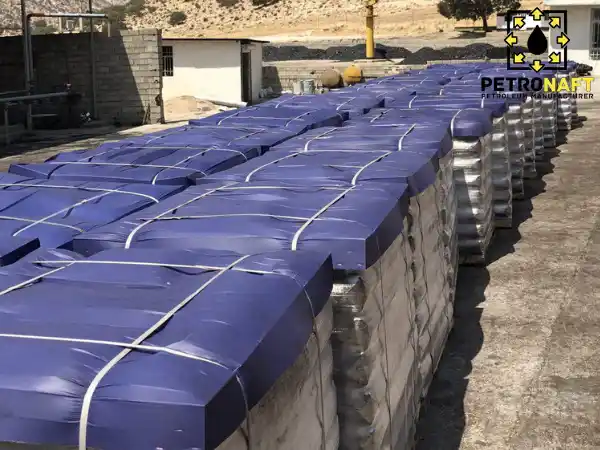
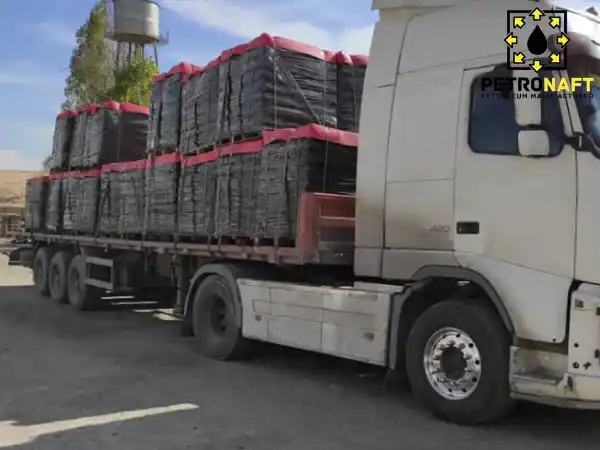
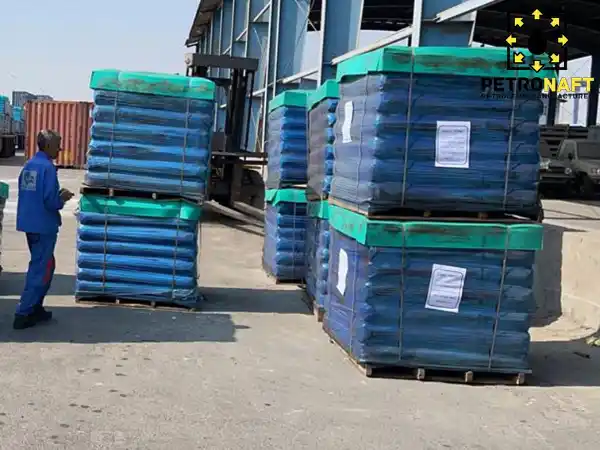
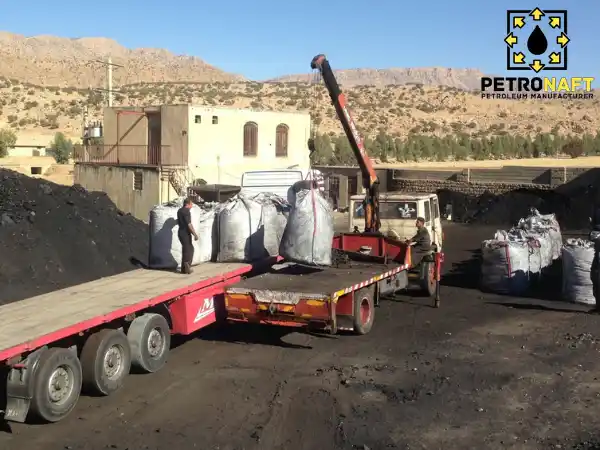
My brother recommended I might like this blog. He was totally right. This post truly made my day. You cann’t imagine just how much time I had spent for this information! Thanks!
We’re so happy our Gilsonite for Foundry post was helpful! Gilsonite’s unique properties can significantly improve casting quality in foundries. If you have further questions on usage or would like to explore product options, don’t hesitate to reach out. We appreciate the recommendation from your brother as well!